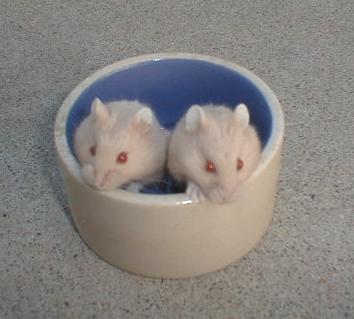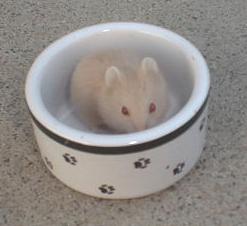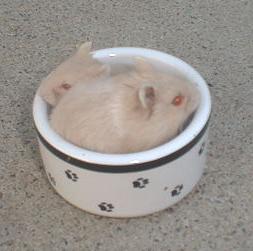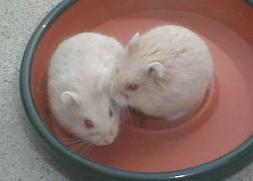



To breed a dark beige, you would start with two different two-gene colors like beige and dove (chocolate works equally as well if you make the substitution). Between them, you need to cover the three genes needed for dark beige with one color overlapping. Since beige is the two-gene color for red-eyed argente and black-eyed argente, you are only missing the black gene to get dark beige. Since dove is the two-gene color for red-eyed argente and black, you are only missing the black-eyed argente gene to get to dark beige. So you would breed the beige to the dove with red-eyed argente being the overlapping gene. All babies would be red-eyed argente carrying black-eyed argente and black. You would then breed two of these argentes together. From this pairing, you should get approximately 9/16 argentes, 3/16 beige, 3/16 dove, and 1/16 dark beige.
It is a bit trickier but still doable if you start with a two-gene color and a one-gene color. Let's take the example of breeding a beige to a black. Beige is the two-gene color for RE argente and BE argente. If you breed a beige to a black, you should get all normals carrying RE argente, BE argente, and black. You then breed two of these normals together. From this pairing, you should get approxmiately 27/64 normals, 9/64 RE argente, 9/64 BE argente, 9/64 black, 3/64 beige, 3/64 dove, 3/64 chocolate, and 1/64 dark beige. As you can see, it can take a lot of litters to get to the dark beige this way with a lot of other colors popping up along the way. The reality is that with a single pair you may never get a dark beige since these are all statistics. Again, it is preferable to start with two different two-gene colors instead.